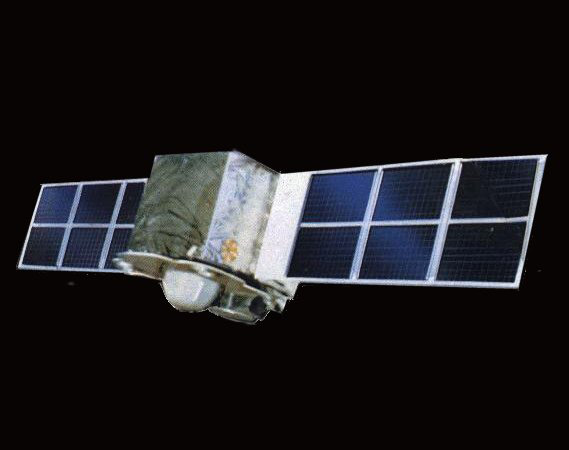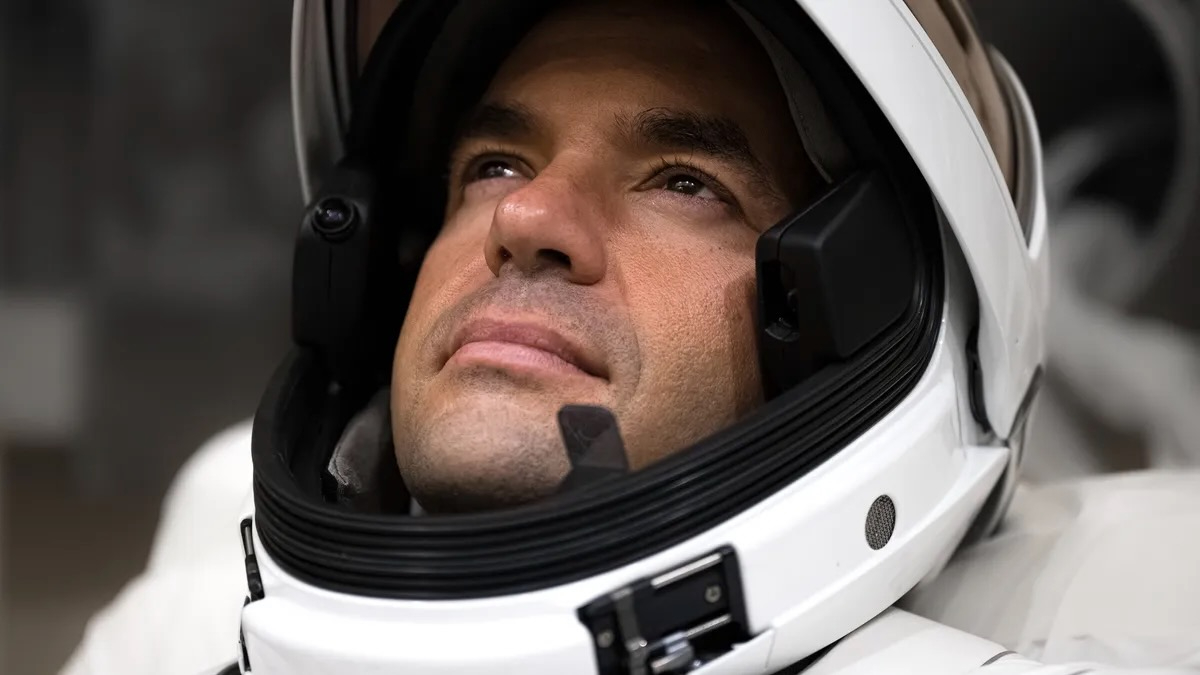China's Anti-Satellite Test: Worrisome Debris Cloud Circles Earth

The flotsam created by China's anti-satellite test last month is on the radar screens of space debris analysts, as well as space policy experts.
The intentional destruction on Jan. 11 of China's Fengyun-1C weather satellite via an anti-satellite (ASAT) device launched by the Chinese has created a mess of fragmentsfluttering through space.
The satellite's destruction is now being viewed as the most prolific and severe fragmentation in the course of five decades of space operations.
Lobbed into space atop a ballistic missile, the ASAT destroyed the weather-watching satellite that had been orbiting Earth since May 10, 1999. The result was littering Earth orbit with hundreds upon hundreds of various sizes of shrapnel.
Debris cloud
NASA's Orbital Debris Program Office at the Johnson Space Center is now at liberty todiscuss the characteristics and consequences of the debris cloud created by thefragmentation of the Fengyun-1C spacecraft.
As of today, the U.S. military's Space Surveillance Network has cataloged nearly 600 debris fragments, according to NASA's Nicholas Johnson, Chief Scientist for Orbital Debris at the space agency's Johnson Space Center in Houston, Texas.
Breaking space news, the latest updates on rocket launches, skywatching events and more!
However, more than 300 additional fragments are also being tracked, bringing it to a total of more than 900 bits of clutter. "These will be cataloged in due course," Johnson added.
"The total count of tracked objects could go even higher. Based upon the mass of Fengyun-1Cand the conditions of the breakup, the standard NASA model for estimating the number of objects greater than 4 inches (10 centimeters) in size predicts a total about 950 such debris," Johnson advised SPACE.com.
Most prolific and serious fragmentation
Johnson said that the debris cloud extends from less than 125 miles (200 kilometers) to more than 2,292 miles (3,850 kilometers), encompassing all of low Earth orbit. The majority of the debris have mean altitudes of 528 miles (850 kilometers) or greater, "which means most will be very long-lived," he said.
The number of smaller orbital debris from this breakup is much higher than the 900-plus being tracked. NASA estimates that the number of debris larger than 1 centimeter is greater than 35,000 bits of riff-raff.
"Any ofthese debris has the potential for seriously disrupting or terminating themission of operational spacecraft in low Earth orbit," Johnson pointed out."This satellite breakup represents the most prolific and serious fragmentationin the course of 50 years of space operations," he said.
Also put in harm's way by the rain of junk from the Chinese ASAT test is the International SpaceStation (ISS).
"Thecollision risk between the Fengyun-1C debris cloud and the International SpaceStation peaked shortly after the breakup and has been declining since. The riskof collisions between ISS and hazardous objects in Earth orbit is now onceagain dominated by the background debris population existing prior to thebreakup of Fengyun-1C," Johnson said.
Collision of coincidences
Last year's signing by U.S. President George W. Bush of a new U.S. National Space Policy addressed the topic of orbital debris. The documentflagged the progress made both nationally and internationally regarding the proliferation of orbital debris over the past decade - but also underscored the worrisomenature of space junk.
"Orbital debris poses a risk to continued reliable use of space-based services andoperations and to the safety of persons and property in space and on Earth,"the White House document stated. "The United States shall seek to minimize the creation of orbital debris by government and non-government operations in space in order to preserve the space environment for future generations."
In a collision of coincidences, the 25th meeting of the Inter-Agency Space Debris Coordination Committee (IADC) is slated for April 23-26 and is hosted by the China National Space Administration. The meeting is to be held at the ChinaAcademy of Space Technology in Beijing.
IADC is aninternational governmental forum for the worldwide coordination of activitiesrelated to the issues of human-made and natural debris in space.
Also,reactions spurred by China's ASAT actions are sure to surface later this monthat a meeting of the Scientific and Technical Subcommittee of the United NationsCommittee on the Peaceful Uses of Outer Space in Vienna.
On the UN agenda is the potential approval of draft Space Debris Mitigation Guidelines that were hammered out last year.

Leonard David is an award-winning space journalist who has been reporting on space activities for more than 50 years. Currently writing as Space.com's Space Insider Columnist among his other projects, Leonard has authored numerous books on space exploration, Mars missions and more, with his latest being "Moon Rush: The New Space Race" published in 2019 by National Geographic. He also wrote "Mars: Our Future on the Red Planet" released in 2016 by National Geographic. Leonard has served as a correspondent for SpaceNews, Scientific American and Aerospace America for the AIAA. He has received many awards, including the first Ordway Award for Sustained Excellence in Spaceflight History in 2015 at the AAS Wernher von Braun Memorial Symposium. You can find out Leonard's latest project at his website and on Twitter.
